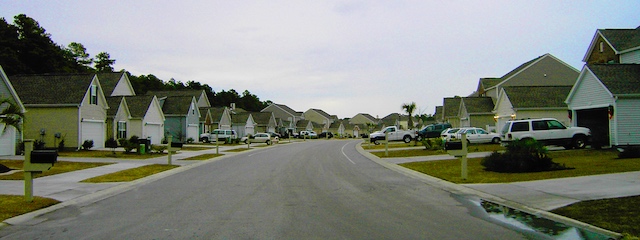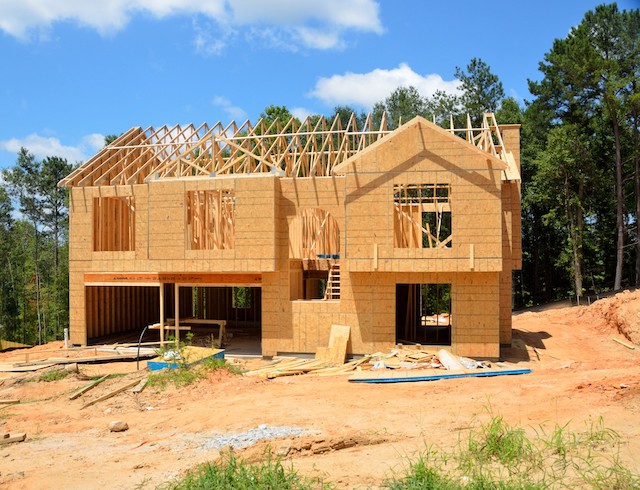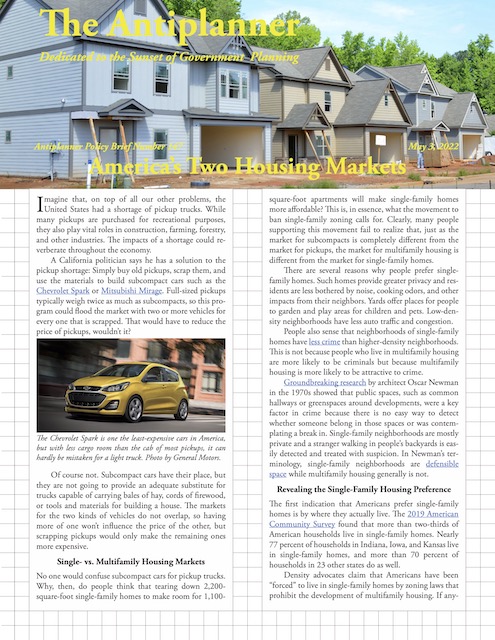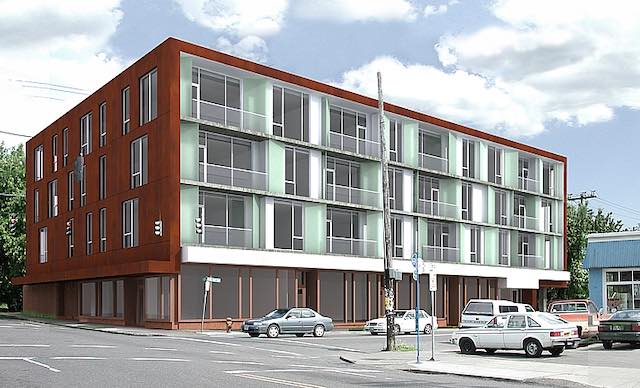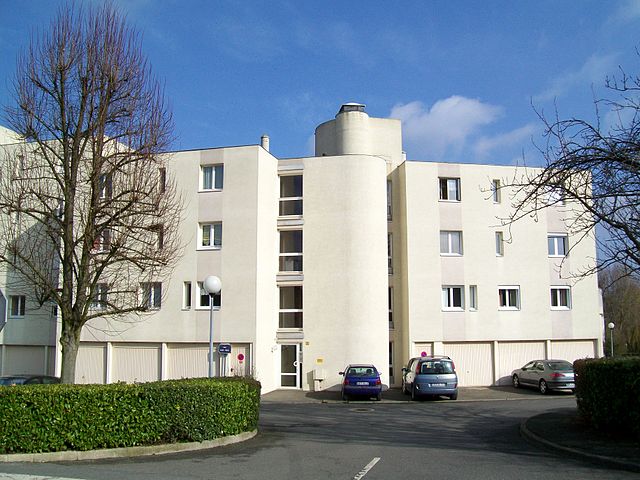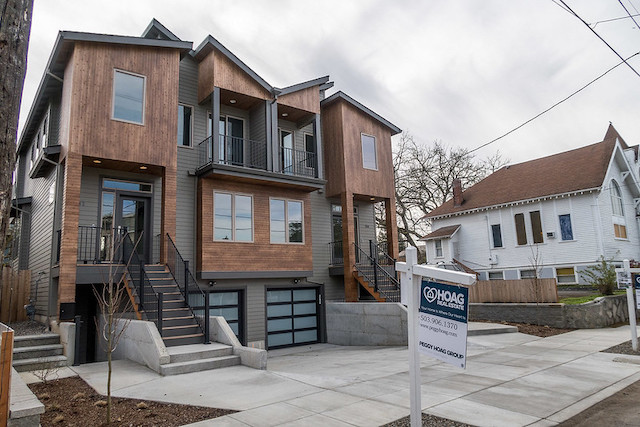Alert the FBI! Someone has stolen and hidden away most of the land in the United States. At least, that’s the message I get from a recent Wall Street Journal article that claims that “the U.S. is running short of land for housing.”
More than 600,000 acres of land like this can be found outside of San Jose. It isn’t prime farm land, nor is it too steep to build on. Yet San Jose has some of the most expensive housing in America because almost no one can see that this land is available for housing.
According to a 2017 land inventory by the Department of Agriculture, the contiguous 48 states have about 1.9 billion acres of land. Of these, about 116 million have been developed (including rural developments such as roads and railroads). Another 406 million acres are federal. The USDA doesn’t say so, but about 70 million acres are state land. An unknown number are county or city lands, but it is probably under 50 million acres. Continue reading


